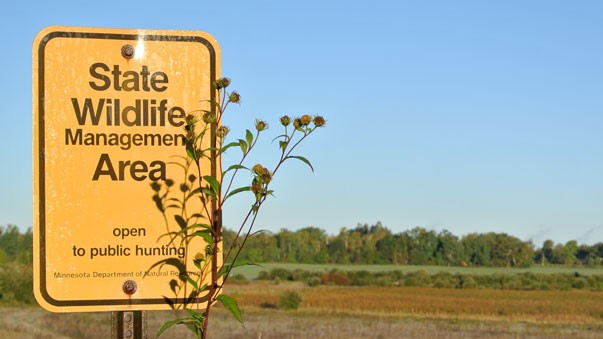October 17, 2022

The topography of a landscape can drastically affect the amount of organic carbon stored in the soil. SWAC professor emeritus Ed Nater and his colleagues were able to incorporate digital measurements of terrain into models of soil organic carbon, which has the potential to greatly improve our understanding of soil organic carbon, including where it is likely located and how it changes over time due to erosion and deposition. Read the recent publication in CATENA.
